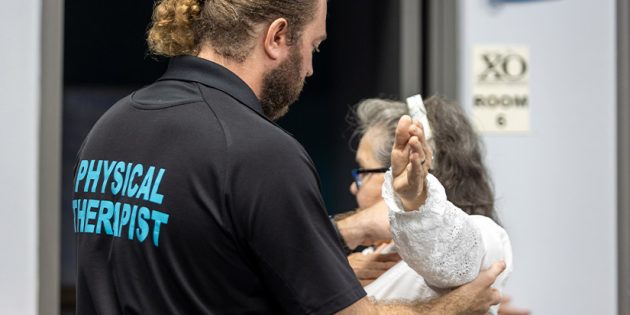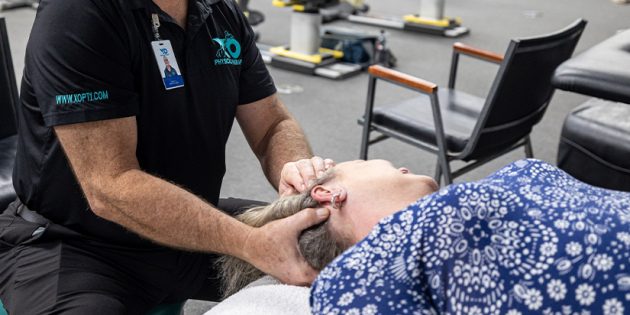Pre and Post Surgical Therapy

Pre- and Post-Surgical Therapy: What You Should Know
Even though surgery is designed to strengthen and heal, it can also, temporarily, upend your life and your body. To help you prepare, and recover, from an upcoming procedure, physical therapy can often help. Here is a look at what you need to know about pre and post surgical therapy.

What is pre- and post-surgical therapy?
Physical therapy that prepares a patient for surgery is called pre-surgical therapy, or prehabilitation. Therapy that occurs after surgery in order to help the patient recover is called post-surgical therapy, or rehab. Both of these approaches have recently become more widespread as medical professionals recognize the many benefits this type of PT can offer surgical patients.
Applications of Pre- and Post-Surgical Therapy
Most often, physical therapy occurs around orthopedic surgeries, those procedures that involve the joints or muscles. These procedures can include the following parts of the body:
- Back and spine
- Foot
- Hand
- Ankle
- Shoulder
- Tendons
- Heels
- Hip
- Knee
- Neck
- And more
In these instances, physical therapy helps to support the goals of the surgery by strengthening the area under treatment and helping the patient return to normal function after surgery.
In addition, physical therapy can assist in the preparation for and recovery from a wide range of other surgical procedures. In fact, the application of PT is so wide that patients may want to ask about pre-hab and rehab when faced with almost any invasive procedure.
Benefits of Pre- and Post-Surgical Therapy
Receiving physical therapy before and/or after a surgery can have numerous benefits for patients who want to recover more quickly and successfully from their procedures.
Pre-Surgical Therapy Benefits
Pre-habilitation has a number of goals, depending upon the patient and the procedure they are receiving. Here is a look at some of the most important goals of this physical therapy approach:
- Teach exercises needed after surgery to improve effectiveness of post-operative rehab
- Mentally and physically strengthen the patient for surgery.
- Reduce surgical complications due to a weakened patient.
- Improve strength, endurance, and flexibility, especially around the surgical site
- Reduce the need for post-operative rehab
Post-Surgical Rehab Benefits
Physical therapy that takes place after surgery often has the goal of restoring as much of the patient’s function as possible, while reducing pain. Here are some of the most important goals of this physical therapy approach:
- Reduce risk of post-operative infections
- Help patients get their strength back
- Reduce the patient’s hospital stay
- Improve circulation to speed healing
- Reduce pain and swelling
- Restoring flexibility and range of motion
- Restoring function
- Preventing the development of scar tissue
- Restoring balance
Treatment Approaches of Pre- and Post-Surgical Therapy
Your physical therapist can choose from a wide range of treatments and techniques to deliver both pre-habilitation and rehab to you around a surgical procedure. The exact approach they choose will probably consist of a set of treatments that work together to help you achieve your goals, and will be customized to your circumstances. Here are some of the approaches a PT may take:
- Exercises
- Stretching
- Electrical stimulation
- Ultrasound
- Heat and ice
- Massage
- Mobility training
- Strength and stability training
When you are facing surgery, seeking the support of a skilled physical therapist can make all the difference in your ability to recover quickly and effectively. At XO Physical Therapy, we provide personalized care in the best physical therapy clinics in the Valley.




